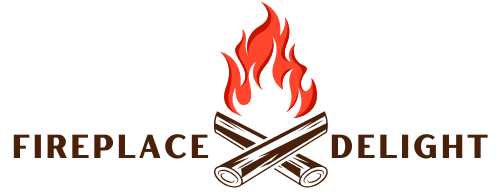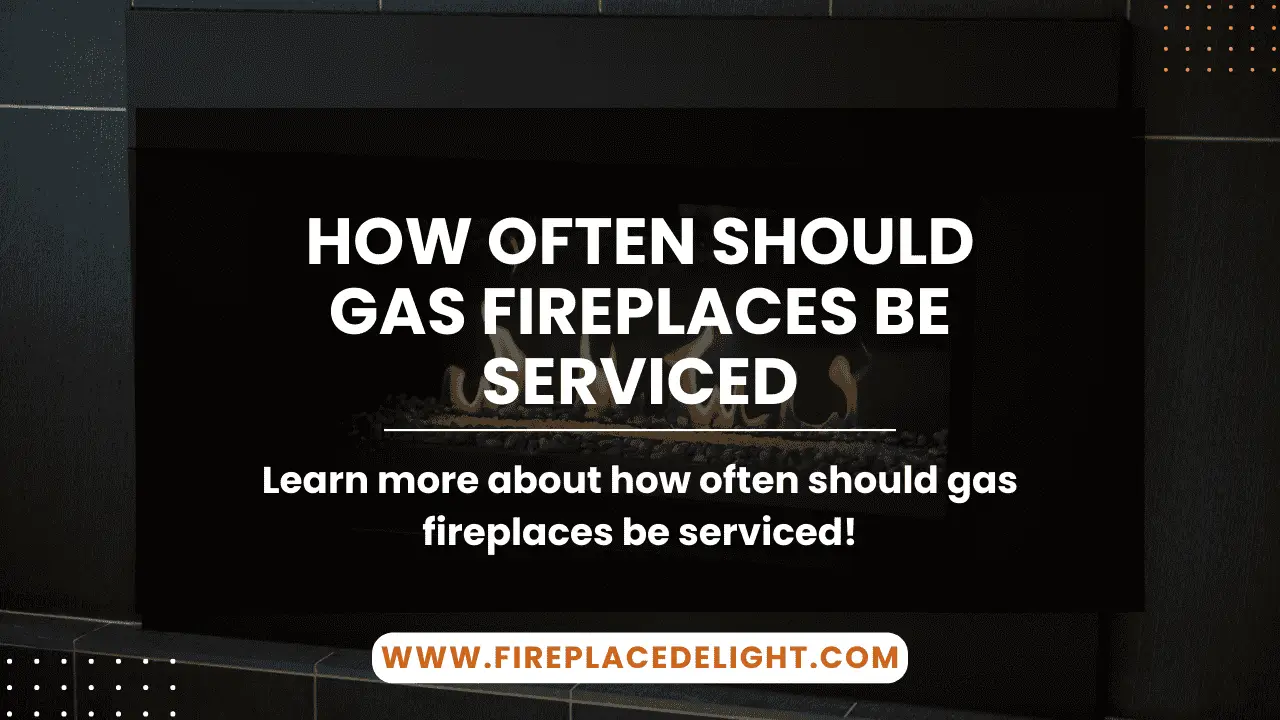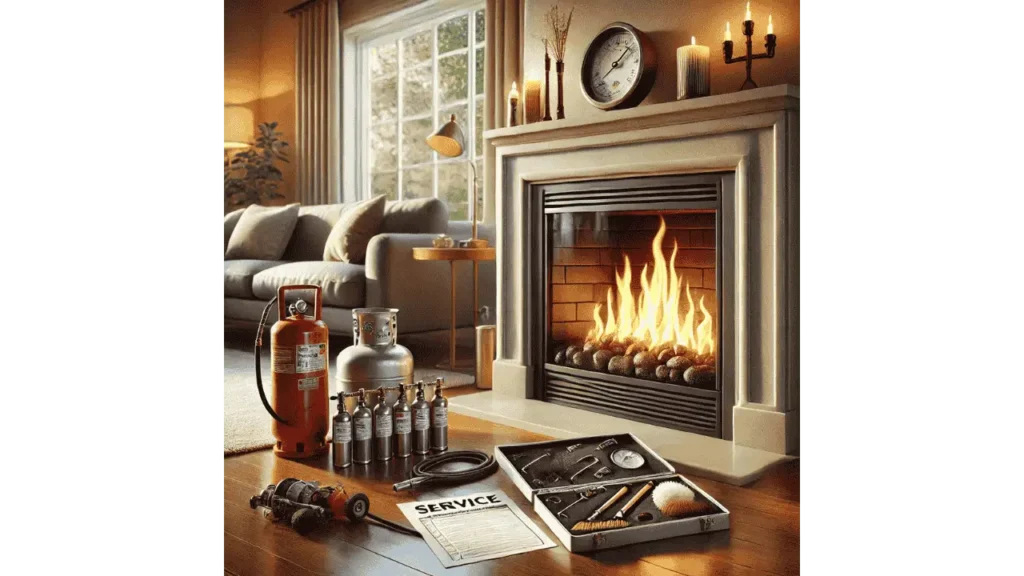If you rely on your gas fireplace during cold months, keeping it in peak condition is essential. Without regular maintenance, issues like gas leaks, buildup, or faulty ignition can crop up, impacting both safety and performance. Having learned the importance of annual servicing firsthand, I can say it’s well worth it for peace of mind and warmth. In this guide, we’ll cover how often to schedule maintenance, what’s included in a professional service, and signs that repairs might be needed. With these steps, you can ensure your fireplace is always ready to keep you cozy and safe.
How Often Should Gas Fireplaces Be Serviced?
To keep your gas fireplace running smoothly and safely, it’s recommended to have it professionally serviced at least once a year. Routine maintenance not only ensures peak performance but also helps catch any potential issues early. I’ve learned that annual service checks give peace of mind, especially during colder months when the fireplace sees frequent use. Regular servicing keeps components like the pilot light, gas lines, and ignition system in good condition, so you can enjoy a warm, safe, and efficient fireplace season after season.
How Often Should You Schedule Routine Fireplace Maintenance?
Scheduling annual maintenance for your gas fireplace is ideal, but if you use it heavily throughout the winter, consider a mid-season check as well. Regular maintenance helps catch wear and tear, keeps everything running safely, and can extend the life of your fireplace. By sticking to a routine, you ensure that your fireplace is always ready for those chilly nights when you need it most.
What to Expect from Fireplace Maintenance Service?
A thorough fireplace maintenance service involves a full inspection and cleaning to ensure safe and efficient operation. Here’s a quick look at the essential steps professionals take during service:
1. Fireplace Exterior and Gasket Seal Inspection
The technician inspects the exterior for wear and checks gasket seals to ensure airtight operation, preventing gas leaks.
2. Fireplace Glass Check
They’ll look over the glass for cracks or fogging, ensuring it’s intact and secure to handle the heat safely.
3. Firebox Interior and Control Panel Inspection
The firebox and control panel are examined to make sure there’s no damage or residue buildup, keeping everything functioning smoothly.
4. Pilot Light Assembly Cleaning and Inspection
A clean, functional pilot light assembly ensures reliable ignition and prevents safety hazards.
5. Gas Burner Leak Check and Cleaning
The burner is inspected for leaks and cleaned to guarantee efficient fuel use and even flame distribution.
6. Safety Valve Testing and Inspection
Safety valves are tested to confirm they’re functioning correctly, as these regulate the gas flow.
7. Gas Ignition Check
The ignition system is checked for prompt, reliable startup, preventing delays or faulty lighting.
8. Fireplace Thermostat and Controls Check
Technicians inspect the thermostat and controls to ensure they’re responsive and accurately regulating the temperature.
9. Logs and Ember Beds Inspection
Logs and embers are checked for proper placement and wear to maintain a realistic look and optimal heating.
10. Overall Fireplace Function Inspection
Finally, they assess overall performance, verifying all parts work in harmony for a safe, efficient fireplace experience.
Signs You Need Fireplace Repair
Sometimes, a gas fireplace needs more than just routine maintenance to function safely and efficiently. Recognizing early signs of trouble can help you address issues before they become costly or dangerous. Here are a few indicators that it might be time to call in for repairs:
1. Significant Build-Up
If you notice unusual soot, creosote, or grime buildup around the fireplace or chimney, it could indicate an airflow or combustion issue. Excessive buildup can impact the fireplace’s efficiency and even pose a fire risk, so addressing it promptly is key.
2. Gas Leak
A gas leak is a serious issue that needs immediate attention. If you smell gas (often a sulfur or “rotten egg” odor), turn off the fireplace and call a professional right away. Gas leaks can be dangerous, and it’s best to address them quickly to ensure safety.
3. Condensation
Condensation on the glass or around the fireplace area can indicate poor ventilation or an issue with the fireplace’s seals. Over time, this moisture can lead to rust or even mold, so if you notice persistent condensation, it’s worth having a professional check it out.
Bottom Line
Keeping your gas fireplace in top shape is as simple as regular annual servicing and watching for signs that may need extra attention. Routine maintenance checks and timely repairs ensure your fireplace stays safe, efficient, and ready to keep you warm all winter long. With a little care, you can enjoy the cozy comfort of a well-maintained fireplace season after season.
- 27 Farmhouse Fireplace Ideas That Bring Warmth & Charm - August 18, 2025
- 25 Fireplace Lighting Ideas to Illuminate Your Hearth - August 7, 2025
- How to Replace an Electric Fireplace Switch? - August 5, 2025



